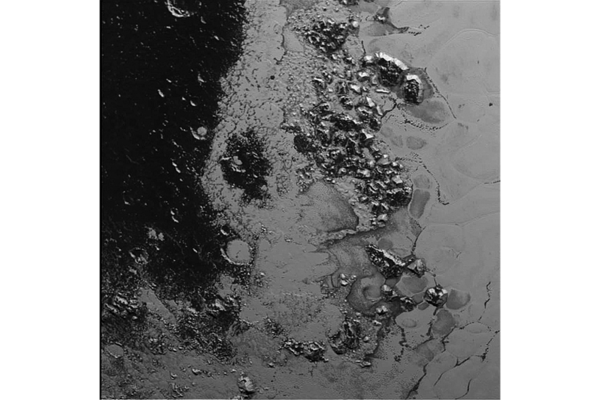All Science Notebook
 Are Sierra Nevada wildfires getting worse now with climate change?Researchers from the University of California, Davis, describe the increased frequency of wildfires in high elevations as 'yet another harbinger of climate change.'
Are Sierra Nevada wildfires getting worse now with climate change?Researchers from the University of California, Davis, describe the increased frequency of wildfires in high elevations as 'yet another harbinger of climate change.' Stadium lights alter bat behavior, study saysResearchers say stadium lighting may impact bat feeding patterns, creating a possible threat to local biodiversity.
Stadium lights alter bat behavior, study saysResearchers say stadium lighting may impact bat feeding patterns, creating a possible threat to local biodiversity.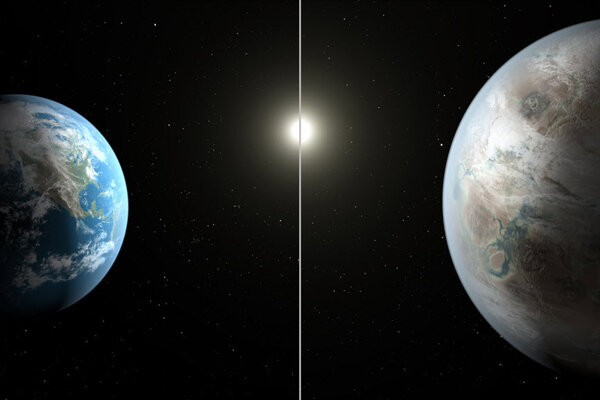 Kepler 452b: How many more Earth-like planets could be out there?Kepler 452b: NASA first announced the discovery of Kepler 452b, the most Earth-like planet discovered to date, on Thursday. But scientists believe there could be many more planets similar to Earth out there.
Kepler 452b: How many more Earth-like planets could be out there?Kepler 452b: NASA first announced the discovery of Kepler 452b, the most Earth-like planet discovered to date, on Thursday. But scientists believe there could be many more planets similar to Earth out there.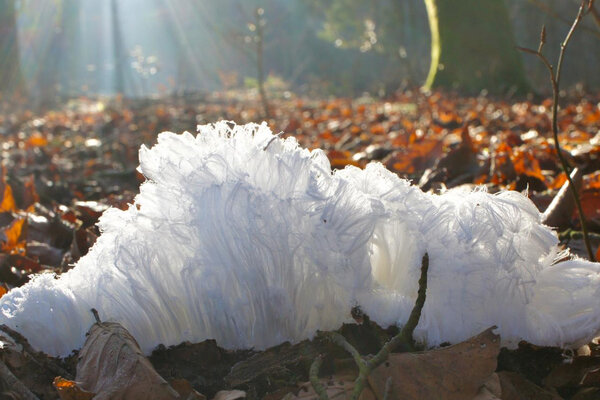 What in the world is 'hair ice'? Scientists explain bizarre phenomenon.Researchers have concluded that a fungus helps promote the growth of a beautiful and mysterious ice formation.
What in the world is 'hair ice'? Scientists explain bizarre phenomenon.Researchers have concluded that a fungus helps promote the growth of a beautiful and mysterious ice formation.- Pluto's 'heart' has another icy mountain rangeSpotted by NASA's New Horizons spacecraft, the newly discovered frozen peaks are estimated to be from a half to one mile high, about the same height as the United States’ Appalachian Mountains.
 How are Native Americans related to indigenous Australians?Two studies published on Tuesday offer differing explanations.
How are Native Americans related to indigenous Australians?Two studies published on Tuesday offer differing explanations.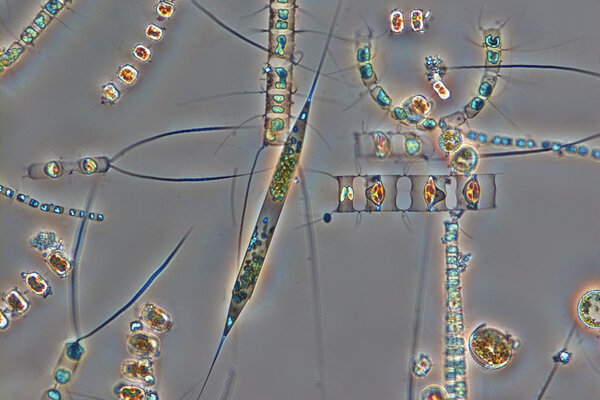 Plankton threatened by ocean acidification: Why that mattersA new study shows that the balance of plankton species will dramatically change as our seawaters grow more acidic.
Plankton threatened by ocean acidification: Why that mattersA new study shows that the balance of plankton species will dramatically change as our seawaters grow more acidic.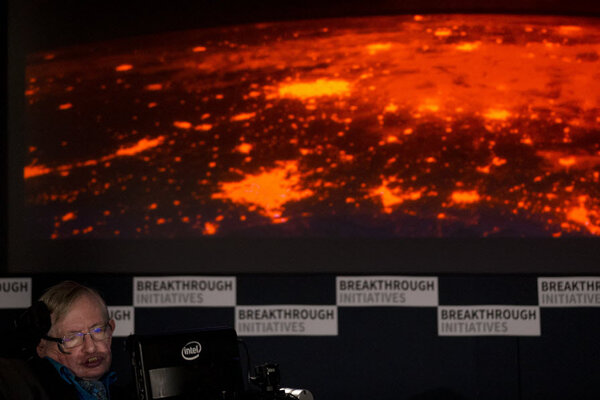 Has Stephen Hawking changed his tune on extraterrestrials?The discovery that our galaxy holds billions of inhabitable planets has lent new vigor to an old question: Is there life on other planets?
Has Stephen Hawking changed his tune on extraterrestrials?The discovery that our galaxy holds billions of inhabitable planets has lent new vigor to an old question: Is there life on other planets?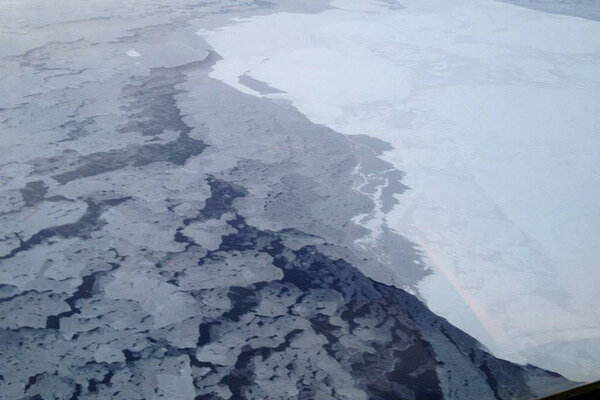 Is Arctic sea ice more resilient than scientists thought? Yes and no.Arctic sea ice volume increased a surprising amount during the cool summer of 2013, but researchers say if overall temperatures continue rising, ice will melt in the long run.
Is Arctic sea ice more resilient than scientists thought? Yes and no.Arctic sea ice volume increased a surprising amount during the cool summer of 2013, but researchers say if overall temperatures continue rising, ice will melt in the long run.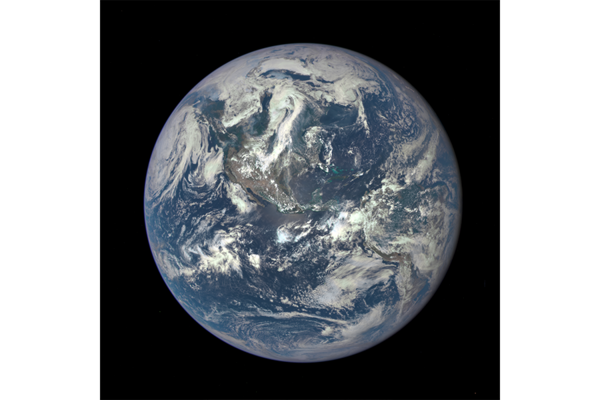 The new Blue Marble: Earth like you've never seen it before ... sort ofPhotographs capturing all of the Earth in a single frame are actually quite rare; many you've seen are composites assembled from multiple shots. But the DSCOVR satellite is set to change that.
The new Blue Marble: Earth like you've never seen it before ... sort ofPhotographs capturing all of the Earth in a single frame are actually quite rare; many you've seen are composites assembled from multiple shots. But the DSCOVR satellite is set to change that. Is there anybody out there? Quest for alien life gets $100 million boostA Russian billionaire is dedicating $100 million to the search for extraterrestrial life, injecting much-needed funding into efforts to answer one of science's biggest questions.
Is there anybody out there? Quest for alien life gets $100 million boostA Russian billionaire is dedicating $100 million to the search for extraterrestrial life, injecting much-needed funding into efforts to answer one of science's biggest questions.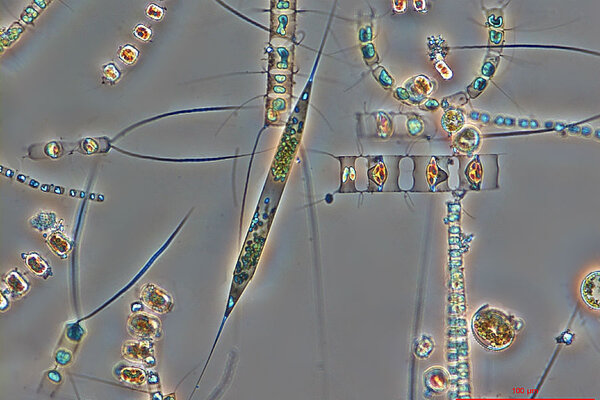 How tiny plankton brighten the clouds over Southern OceanScientists have used NASA satellite data to determine why clouds are more reflective in the Southern Ocean than in other regions.
How tiny plankton brighten the clouds over Southern OceanScientists have used NASA satellite data to determine why clouds are more reflective in the Southern Ocean than in other regions.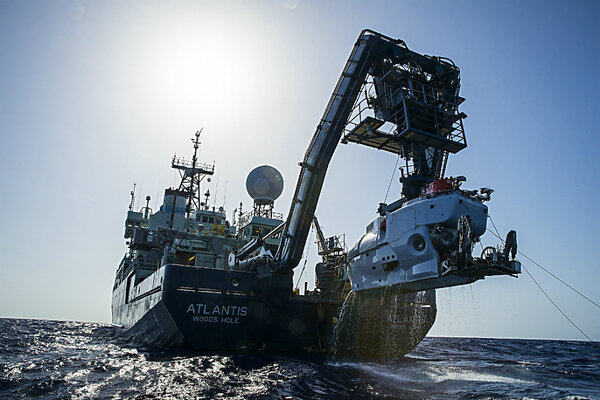 Mysterious shipwreck discovered off North Carolina coastArtifacts on the wreck indicate it might date as far back as the late 1700s – the time of the American Revolution.
Mysterious shipwreck discovered off North Carolina coastArtifacts on the wreck indicate it might date as far back as the late 1700s – the time of the American Revolution.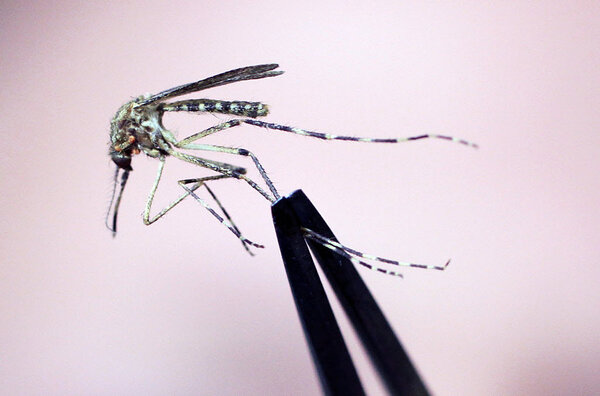 How do mosquitoes find food? First, they smell you, scientists sayNew research shows that mosquitoes find targets by following the scent of the air we exhale, then using sight and body heat sensors to close in.
How do mosquitoes find food? First, they smell you, scientists sayNew research shows that mosquitoes find targets by following the scent of the air we exhale, then using sight and body heat sensors to close in.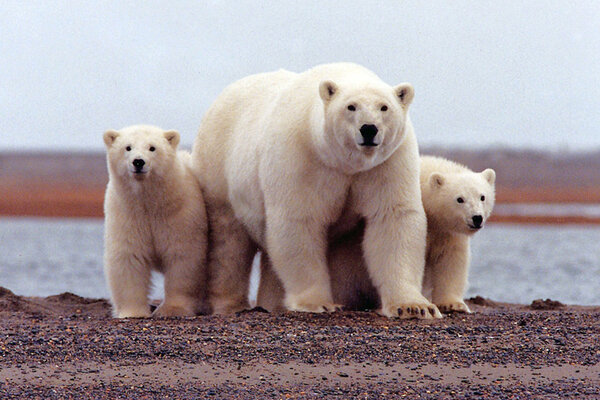 Why beloved polar bear may face bigger risk than previously thoughtA new study rejects the long-held belief that the state of 'walking hibernation' would help polar bears weather climate change.
Why beloved polar bear may face bigger risk than previously thoughtA new study rejects the long-held belief that the state of 'walking hibernation' would help polar bears weather climate change. Wayward space junk prompts astronauts to shelter in cosmic lifeboatEven small debris the size of a paint fleck can cause problems for the International Space Station.
Wayward space junk prompts astronauts to shelter in cosmic lifeboatEven small debris the size of a paint fleck can cause problems for the International Space Station.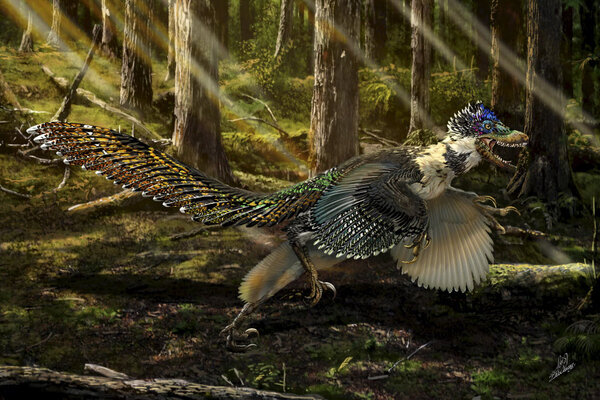 Paleontologists discover 'fluffy feathered poodle from hell'Paleontologists have unearthed a new dinosaur in China that likely could shed light on the evolution of flight.
Paleontologists discover 'fluffy feathered poodle from hell'Paleontologists have unearthed a new dinosaur in China that likely could shed light on the evolution of flight.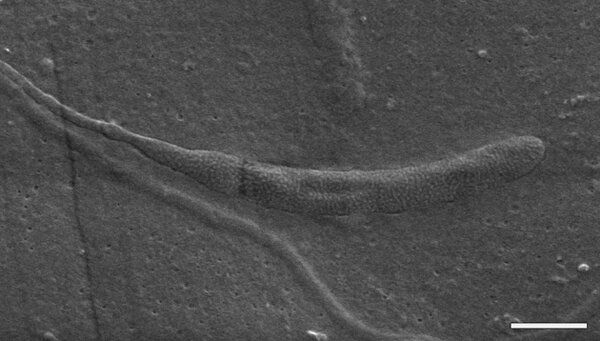 Why are scientists so excited about fossilized worm sperm?Researchers from the Swedish Museum of Natural History have discovered the oldest fossilized animal spermatozoa.
Why are scientists so excited about fossilized worm sperm?Researchers from the Swedish Museum of Natural History have discovered the oldest fossilized animal spermatozoa.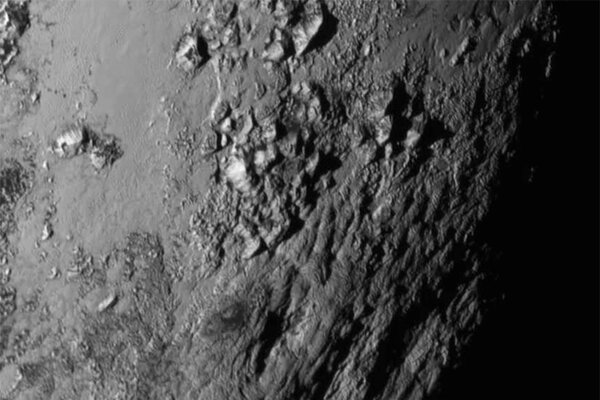 Pluto in pictures: a visual timeline of our changing view of icy orbThe former ninth planet received its first visit by Earthlings with a flyby by the New Horizons spacecraft on Tuesday, the result of nearly a century of research and discovery.
Pluto in pictures: a visual timeline of our changing view of icy orbThe former ninth planet received its first visit by Earthlings with a flyby by the New Horizons spacecraft on Tuesday, the result of nearly a century of research and discovery.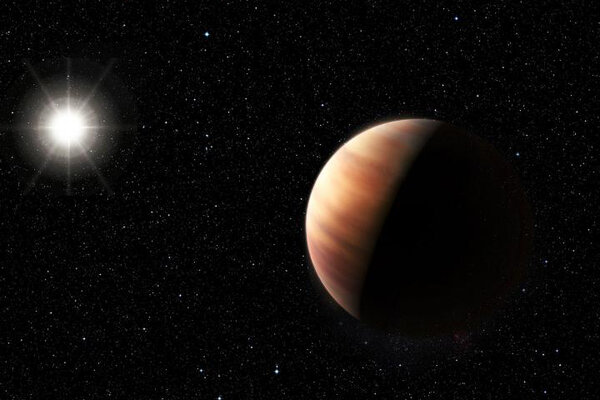 Astronomers discover 'Jupiter 2.0.' Could Earth 2.0 be next?A planet and star closely resembling Jupiter and our sun have been spotted, leading scientists to believe there could also be an Earth-like planet out there.
Astronomers discover 'Jupiter 2.0.' Could Earth 2.0 be next?A planet and star closely resembling Jupiter and our sun have been spotted, leading scientists to believe there could also be an Earth-like planet out there.



